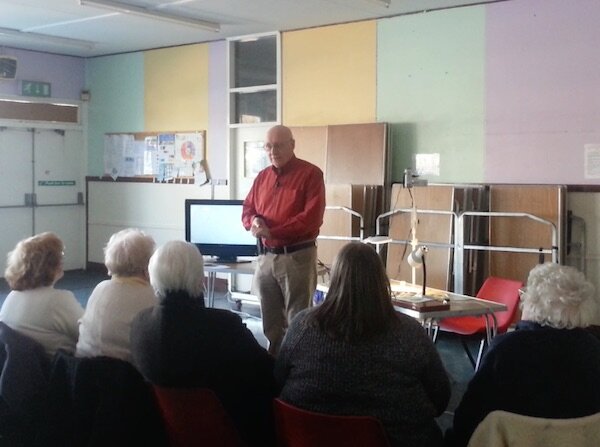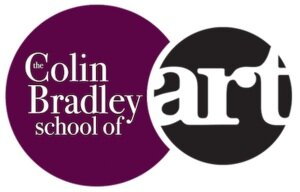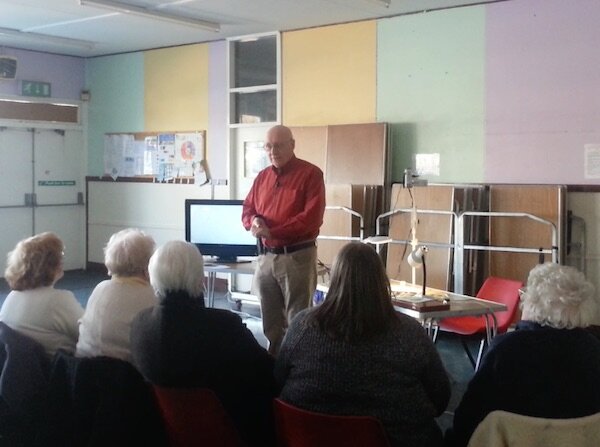Top 7 Tips to Running a Demonstration
 As you become more proficient at using the pastel pencils other artists will take notice of your work and you might even get asked to demonstrate the techniques to art groups. I know that some of you have already been asked and at least two of you have done this.I know that you may feel that this would be a daunting task and why on earth would you put yourself through the ordeal, but I can tell you that it is an amazing experience and the buzz you would get from the experience is worth all the trouble.To help you make this decision I thought I would give you my top 7 tips as to how you could go about it and how to overcome the nerves.
As you become more proficient at using the pastel pencils other artists will take notice of your work and you might even get asked to demonstrate the techniques to art groups. I know that some of you have already been asked and at least two of you have done this.I know that you may feel that this would be a daunting task and why on earth would you put yourself through the ordeal, but I can tell you that it is an amazing experience and the buzz you would get from the experience is worth all the trouble.To help you make this decision I thought I would give you my top 7 tips as to how you could go about it and how to overcome the nerves.
1) Put the Attention on the Pencil
The most important tip I can give you is that you throw all the emphasis on the pastel pencil and away from yourself. Words like: "I am going to show you all just how good the pastel pencils are" or, "look at the way the pastel pencils have allowed me to produce that sky/cat’s fur/dog’s eye".By doing this you are putting the pastel pencil in the front line and yourself as the support act. You will be amazed at how this will help with those nerves. Demonstrating is a form of public speaking and is never going to be easy as you get the feeling that all eyes are on you. However there are things you can do that will ease the strain of this...
2) Be Close to Your Audience
Never be tempted to go onto a stage, insist that you are as close to your audience as you can get. This gives you the feeling that you are just one of them and the audience will react accordingly. Chat to them as though you are their friends. It also helps to speak to several members of the audience as they arrive, as this gives you a few friends you can direct you first few words to.
3) Winning Friends
You will almost certainly get asked as the audience arrives whether you are right or left handed. What they want to know is which side they need to sit to get the best view of your work while demonstrating. Inevitably some late arrivals will be forced to sit on the ‘wrong’ side but you can overcome this by remembering to show them the work you are doing during the demonstration. They will appreciate this and once again this will win you friends.
4) Pick Something Familiar
Choose to demonstrate subject you are familiar with and not too complicated this again will help to build your confidence.
5) Being Easily Seen
Many art societies now have video projectors also microphones, this is a great help in demonstrating smaller detailed areas but if they are not available then stick to subjects that can be easily seen from a distance. If you feel that some of the audience at the back have missed out on what you are doing tell them that you will go over the finer points again during the tea break or at the end of the demonstration.
6) Invite Questions
Always invite the audience to ask questions at the end of the first half and at the end of the demonstration, you will be surprised at how many people respond to this and this interaction with the audience is invaluable.
7) Extra Support
If you feel you would like more support during the demonstration mention my name a few times saying that you are one on my students and tell them that I said this or I said that. This again will throw the emphasis off you and onto me.I hope this helps and I can assure you that once you bite the bullet and do your first demonstration you will want to do another.


